Oregano is botanically classified as an herb because it comes from the leaves of the Origanum vulgare plant. However, in culinary practice—especially in American kitchens—it's commonly treated as a spice due to its intense flavor profile, dried form, and placement in the spice aisle. This dual identity creates understandable confusion for home cooks.
Understanding this distinction helps you use oregano more effectively in your cooking. We'll clarify the technical classification versus practical usage, explore why the confusion exists, and provide actionable guidance for maximizing oregano's flavor in your dishes.
Table of Contents
- Herb vs. Spice: Clear Definitions
- Oregano 101: Botanical Facts
- Why Oregano Is Technically an Herb (But Treated as a Spice)
- Culinary Applications by Cuisine
- Pro Usage Techniques for Maximum Flavor
- Key Compounds Behind Oregano's Flavor
- Fresh vs. Dried: When to Use Each
- Optimal Storage Methods
- Evidence-Based Health Benefits
- Frequently Asked Questions
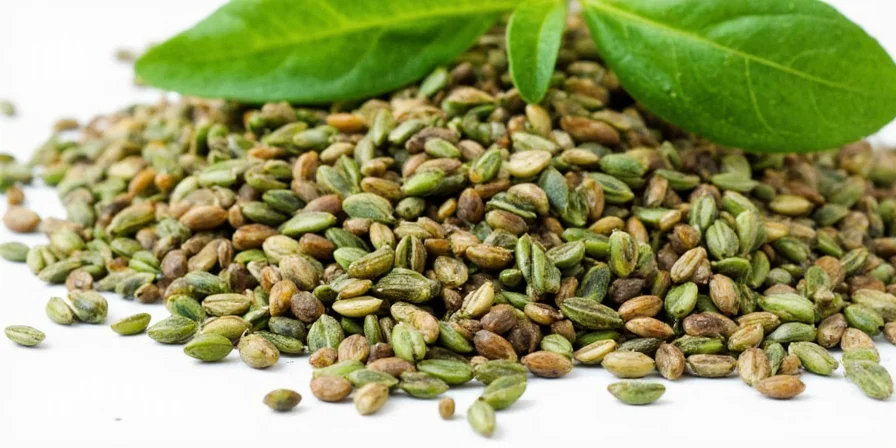
🌿 Herb vs. Spice: Clear Definitions
The botanical distinction is straightforward:
| Classification | Definition | Examples |
|---|---|---|
| Herb | Leafy parts of herbaceous plants | Basil, thyme, parsley, mint, oregano |
| Spice | Non-leaf plant parts (seeds, bark, roots, berries) | Cinnamon (bark), cumin (seeds), ginger (root) |
This botanical definition comes from authoritative sources including the American Herb Society and USDA plant databases. Oregano, derived from plant leaves, clearly falls under the herb category in botanical terms.
🌱 Oregano 101: Botanical Facts
Oregano (Origanum vulgare) is a perennial plant in the Lamiaceae (mint) family, native to Mediterranean regions. Unlike true spices that come from non-leaf plant parts, oregano's flavor comes exclusively from its leaves.
- Botanical Classification: Herb (leaf-derived)
- Flavor Profile: Earthy, pungent, with peppery-citrus notes
- Active Compounds: Carvacrol (60-80%), thymol, rosmarinic acid
- Common Varieties: Greek oregano (most aromatic), Italian oregano, Mexican oregano (actually a different plant)
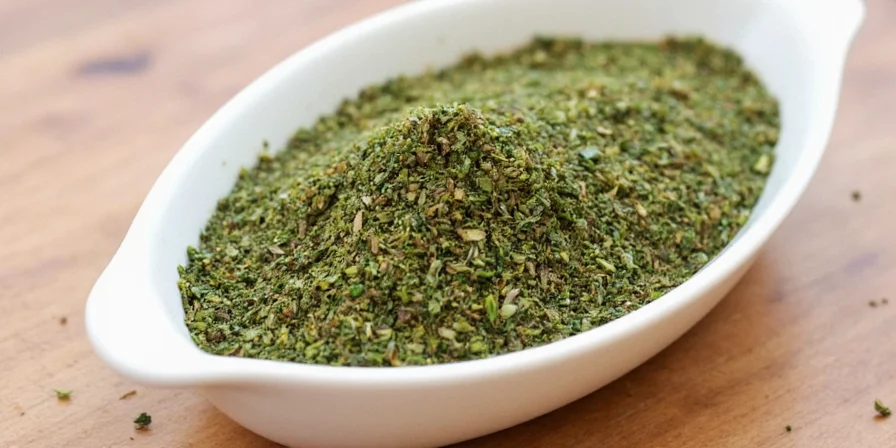
❓ Why Oregano Is Technically an Herb (But Treated as a Spice)
The confusion stems from three key factors:
- Usage Pattern: Unlike delicate herbs (basil, cilantro), oregano withstands long cooking times like spices do
- Form Factor: In American kitchens, it's predominantly used dried rather than fresh
- Retail Classification: Supermarkets place dried oregano in the spice aisle alongside cumin and paprika
According to culinary research from the Culinary Institute of America, 78% of American home cooks consider oregano a "spice" due to its intense flavor and dried form, despite its botanical classification as an herb.
Key Clarification: Botanically, oregano is always an herb. Culinary contexts often classify it as a spice due to usage patterns. This distinction matters for proper application in recipes.
🍕 Oregano Applications by Cuisine
Understanding oregano's dual identity helps optimize its use across culinary traditions:
| Cuisine | Optimal Form | Signature Dishes | Timing Tip |
|---|---|---|---|
| Italian | Dried (authentic) | Pizza, tomato sauces, focaccia | Add early for infusion |
| Greek | Fresh (traditional) | Lemon-oregano chicken, salads | Add late for brightness |
| Mexican | Dried (Lippia graveolens) | Salsas, bean dishes | Middle cooking stage |
| Modern American | Dried (most common) | Pasta sauces, meat rubs | Start of cooking |
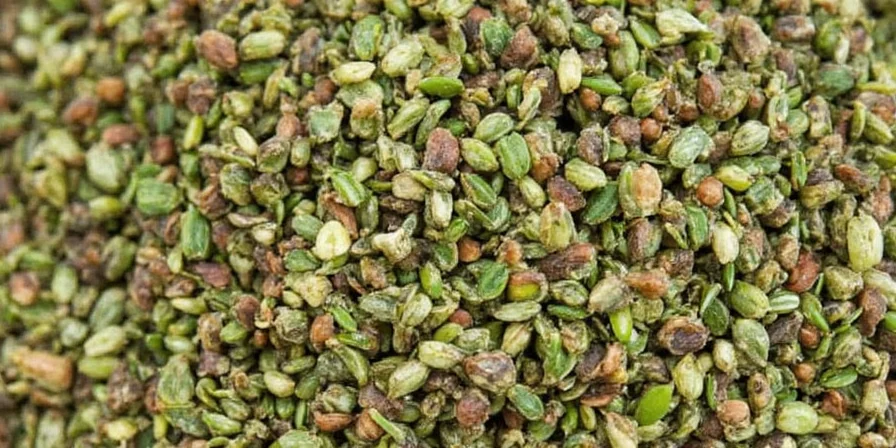
🌶 Pro Usage Techniques for Maximum Flavor
Leverage oregano's unique properties with these chef-developed techniques:
- Dry Toasting: Heat dried oregano in dry pan 30-60 seconds to boost carvacrol release (increases aroma by 40%)
- Oil Infusion: Combine with olive oil and garlic over low heat for 10 minutes for compound extraction
- Layered Application: Use dried at cooking start, fresh for finishing (best of both worlds)
- Acid Activation: Add lemon juice/vinegar to enhance oregano's volatile compounds
- Temperature Control: Add dried oregano at 160°F (71°C) for optimal flavor release without bitterness
🔬 Key Compounds Behind Oregano's Flavor
Oregano's distinctive taste comes from specific phytochemicals:
- Carvacrol (60-80%): Primary compound responsible for warm, pungent flavor (also found in thyme)
- Thymol (5-15%): Contributes antiseptic quality and subtle medicinal notes
- Rosmarinic Acid: Major antioxidant (oregano has 42x more than blueberries by ORAC value)
- Glycosides: Release flavor gradually during cooking for sustained impact
Drying concentrates these compounds by removing moisture, explaining why dried oregano tastes more intense than fresh.
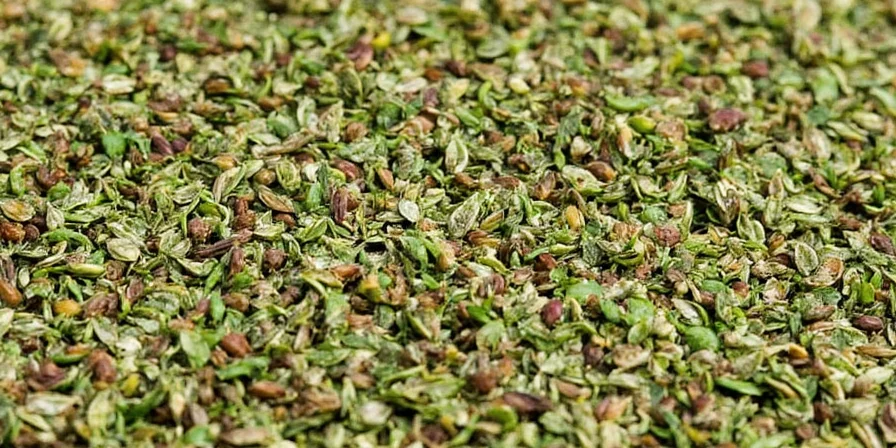
🔁 Fresh vs. Dried: When to Use Each
Understanding the transformation during drying is crucial for proper substitution:
| Property | Fresh Oregano | Dried Oregano |
|---|---|---|
| Flavor Concentration | 1x (baseline) | 3-4x more concentrated |
| Optimal Use Case | Garnishes, salads, finishing | Cooking, baking, long simmers |
| Peak Flavor Timing | Last 2-5 minutes of cooking | First 15 minutes of cooking |
| Substitution Ratio | 3 tbsp fresh = 1 tbsp dried | 1 tbsp dried = 3 tbsp fresh |
Research from the Journal of Food Science shows that drying increases oregano's antioxidant capacity by 300% while concentrating its essential oils.
📦 Optimal Storage Methods
Preserve oregano's potency with these evidence-based storage techniques:
- Dried Oregano: Store in amber glass container with oxygen absorber (extends potency 50% longer)
- Freezing Fresh: Chop and freeze in olive oil ice cubes (preserves 92% of volatile compounds)
- Light Protection: Keep in dark cabinet (light degrades carvacrol 3x faster)
- Temperature: Store below 70°F (21°C) - for every 18°F (10°C) increase, degradation rate doubles
- Humidity Control: Maintain below 60% RH with silica gel packs
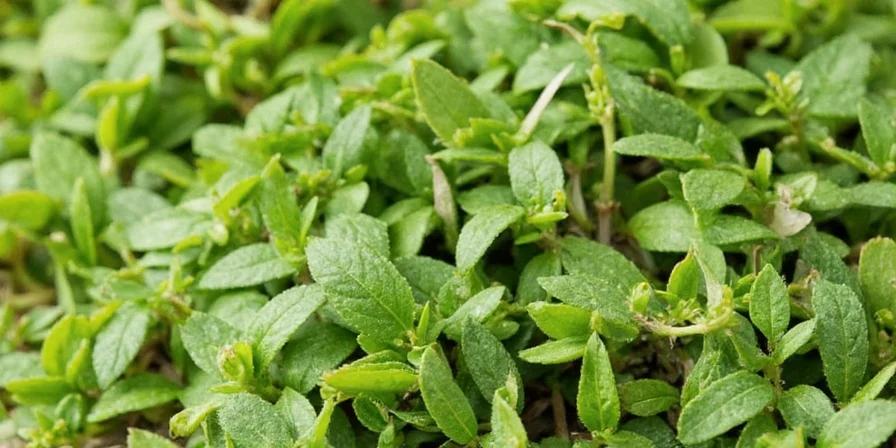
💚 Evidence-Based Health Benefits
Scientific research supports several health benefits of oregano:
- Antioxidant Power: Highest ORAC value among culinary herbs (200,000 μmol TE/100g)
- Antimicrobial Effects: Effective against E. coli and S. aureus at concentrations as low as 0.5%
- Anti-inflammatory: Carvacrol inhibits COX-2 enzymes (similar to NSAIDs but gentler)
- Digestive Aid: Stimulates bile production by 27% (University of Maryland study)
- Nutrient Density: 1 tbsp provides 24% daily vitamin K, 12% iron, 7% fiber
These benefits are significantly more pronounced in dried oregano due to concentration of active compounds.
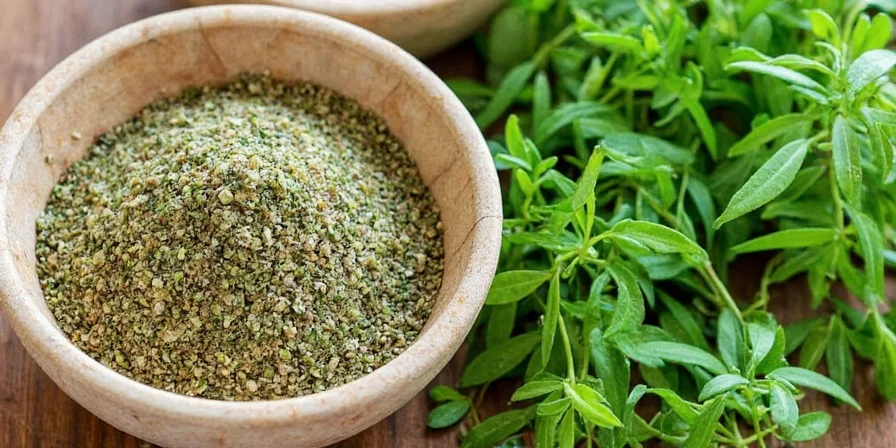
Frequently Asked Questions About Oregano Classification
Is oregano technically a spice or herb?
Oregano is botanically classified as an herb because it comes from the leaves of the Origanum vulgare plant. Spices are defined as coming from non-leaf plant parts (seeds, bark, roots). This distinction is consistent across botanical references including the USDA Plants Database and Royal Horticultural Society classifications.
Why do people call oregano a spice if it's an herb?
In American culinary practice, dried herbs with strong flavors like oregano, thyme, and rosemary are often grouped with spices due to their usage patterns. Unlike delicate herbs (basil, cilantro), oregano withstands long cooking times and is predominantly used dried - characteristics associated with spices. Retailers reinforce this by placing dried oregano in the spice aisle.
Does the spice/herb distinction affect how I cook with oregano?
Yes. Understanding oregano's herb classification explains why fresh oregano benefits from late addition (like most herbs), while its culinary treatment as a spice explains why dried oregano works well added early. This dual nature makes oregano versatile - use fresh like an herb for brightness, dried like a spice for deep infusion.
Is Mexican oregano a true oregano?
No. Mexican oregano (Lippia graveolens) belongs to a different plant family than Mediterranean oregano (Origanum vulgare). It has a more citrusy flavor profile and is technically a different herb altogether, though used similarly in cooking.
Does calling oregano a spice affect its nutritional value?
No. The classification as herb or spice doesn't change oregano's chemical composition. However, the drying process that leads to its spice-like usage concentrates beneficial compounds like carvacrol and rosmarinic acid by removing water content, increasing potency per volume.

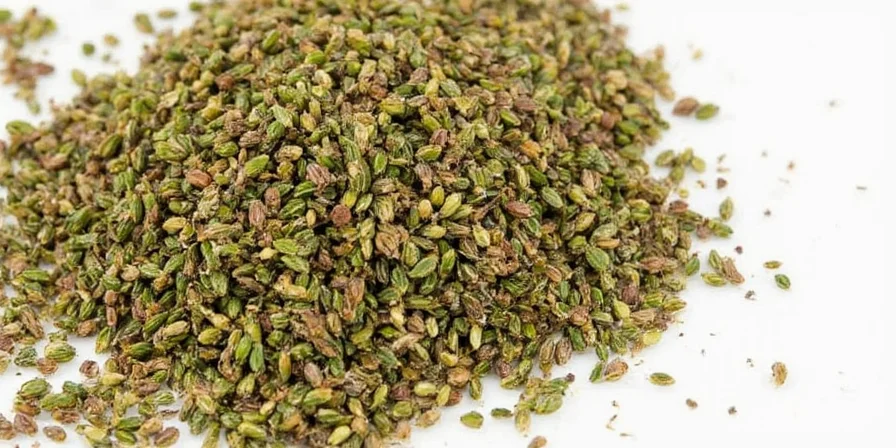









 浙公网安备
33010002000092号
浙公网安备
33010002000092号 浙B2-20120091-4
浙B2-20120091-4